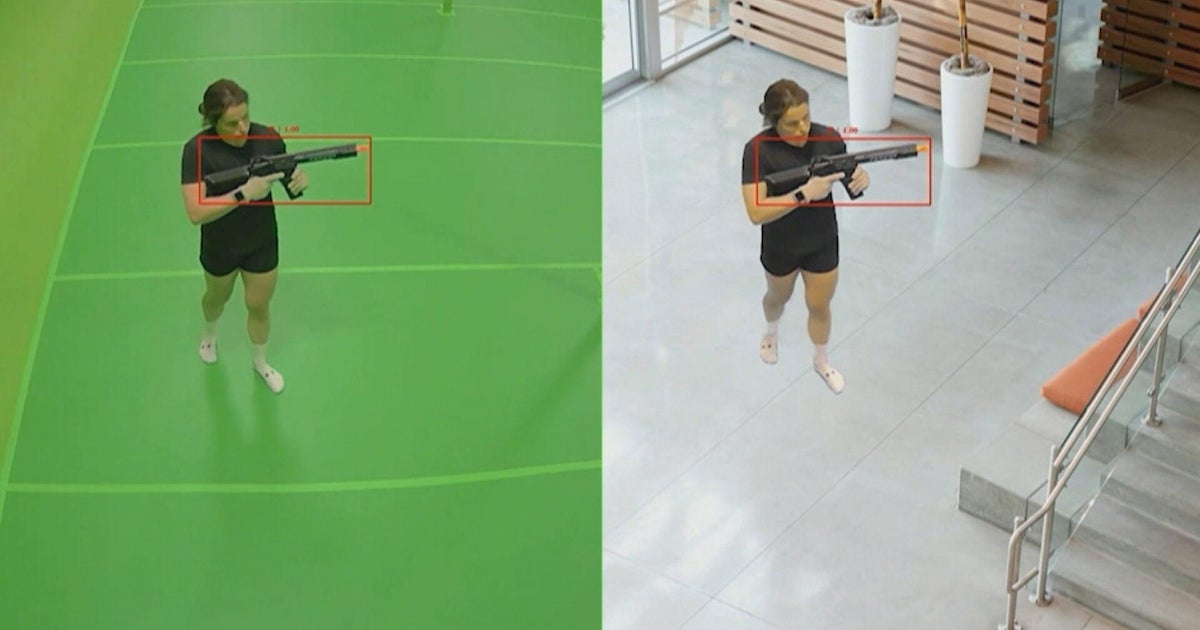Scientists hope lab-grown coral can save endangered Florida Keys reef
Orlando, Florida — Just off the Florida Keys lies the world's third-largest coral reef, which was once a vibrant habitat for millions of plants and animals.
But an outbreak of stony coral tissue loss disease threatens to destroy 20 of the 45 species found there, including larger reef-building corals.
"This disease that's burning through the Florida Keys is an incredible event that's happening," said Andrew Stamper, conservation science manager at Disney's Animals, Science and Environment. "It's like a wildfire."
Stamper says that endangers Florida's fishing industry and food supply.
"Unfortunately, we do not know exactly what is causing this," he said.
In order to save the reef, scientists have moved some species hundreds of miles away to a lab in Orlando. Scientists at the lab work to simulate breeding conditions — work that is both delicate and painstaking. LED lights replicate the sun and moon cycles. Volunteers feed the coral in water treated to mimic its real habitat.
"This essentially is a gene bank," said Jim Kinsler, aquarium curator at SeaWorld Orlando. "We're trying to protect the genetics of these corals so that their offspring can ultimately be returned back to the Florida reef tract."
The task of relocating the lab-grown coral to the sea is also a delicate task.
Kinsler, who is part of a team of private and public partners operating the Florida Coral Rescue Center, said it's the first time many of them have been involved "in rescuing an entire ecosystem."
"We think the real challenge is just growing them out to a size that we can test them in those waters, test their disease resistance, and then propagate the successful corals by the hundreds of thousands — literally," said Andrew Walker, president of the Fish and Wildlife Foundation of Florida.




